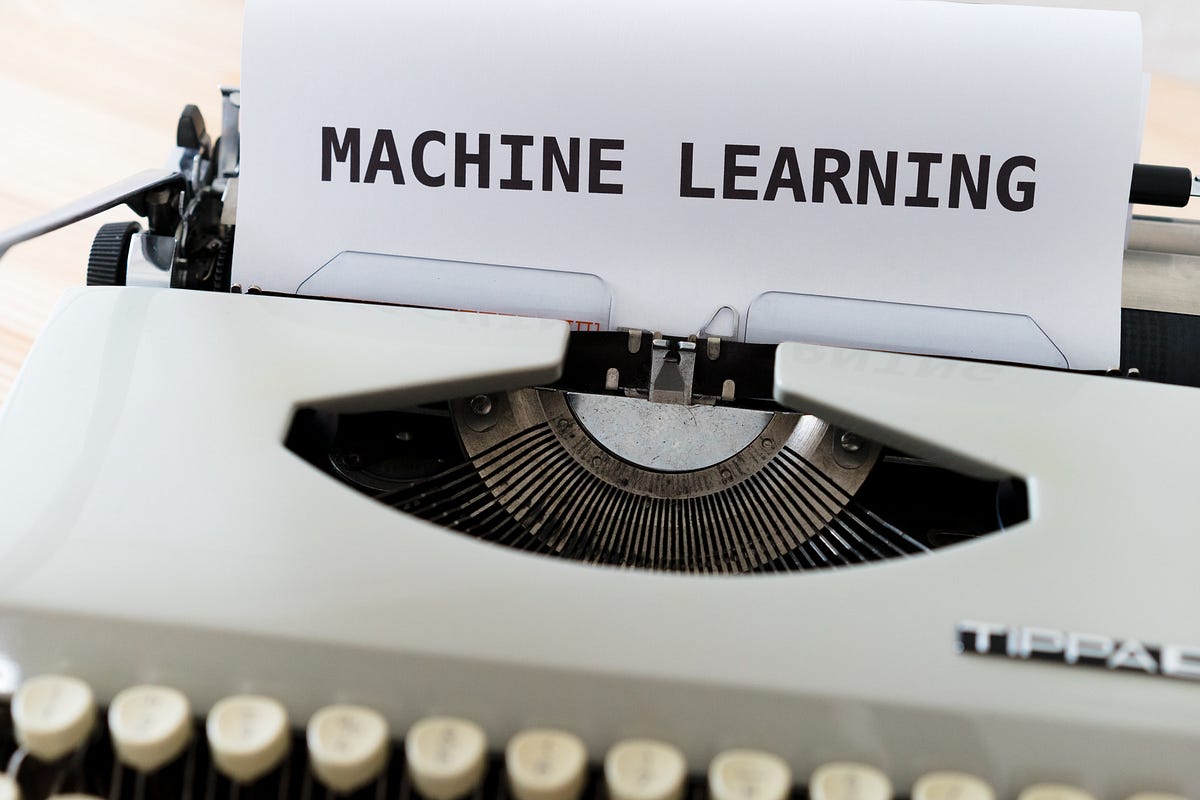If you are a Machine Learning/Data Science enthusiast who desires to enter this field, chances are you must have taken Coursera or Fast.ai’s Deep Learning Specialization, or have come to Kaggle to practice and polish your skills. Those are great learning materials that will equip you with solid knowledge and nice training experiences.
However, from training ground to the battlefield is still a great distance. Schools, courses, and competition only focus on machine learning algorithms, which only plays a small part in a real-life machine learning project. There are other things that courses and competitions will not help, and you can only learn once your foot is set in the real world.
One year working as a Machine Learning Engineer has greatly impacted on my mindset and practices on how a machine learning project should be executed. In this post, I will share some of the lessons that I learned in this first year.
Problem statements
Training: let’s solve problems. Real-life: what problem?
When taking courses or taking part in competitions, I was usually given machine learning **problems, **crafted by machine learning experts. Naturally, it comes with very clear instructions: the objectives, the dataset, context, and explanation, etc. My job was just to play with the data and produce the results, no question asked.
In real life, what comes to me are **business problems, **requested by the business team and/or product team. Thus, it should be expected that the problem statements can be confusing and ambiguous, with no instruction provided. Even when things seem clear, it can’t be sure that the way I interpret the problem is the same as the business team’s. So, my first task is not to solve the problem, but to ask questions.
#machine-learning #experience #data-science #guidelines #work-experience #deep learning
